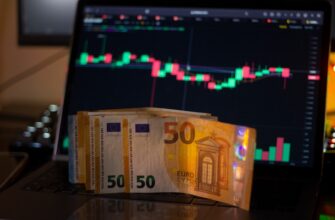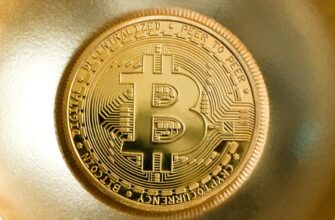## Introduction to USD/IDR Exchange Dynamics
The USD to IDR exchange rate represents the value of one US dollar in Indonesian Rupiah. As Indonesia’s economy evolved from a fixed-rate system to a free-floating currency regime, this pairing has witnessed dramatic shifts driven by global events, commodity cycles, and monetary policies. Understanding its historical trajectory helps businesses, travelers, and investors navigate economic uncertainties and make informed financial decisions in Southeast Asia’s largest economy.
## Historical Timeline: Key USD/IDR Milestones
### Pre-1997 Era: Stability Through Fixed Rates
Until 1997, Indonesia maintained a managed exchange rate system. The Rupiah was relatively stable, trading around 2,000–2,500 IDR per USD under President Suharto’s regime. This stability relied on:
– Heavy intervention by Bank Indonesia
– Oil export revenues
– Restricted capital flows
### Asian Financial Crisis (1997–1998)
The crisis triggered IDR’s collapse:
– July 1997: THB devaluation sparked regional contagion
– IDR plummeted from 2,400 to 16,000 per USD by June 1998
– Bank Indonesia abandoned the fixed peg, adopting a free-floating system
### Post-Crisis Recovery (1999–2008)
Gradual stabilization occurred:
– 1999–2004: Rate hovered between 8,000–10,000 IDR/USD
– Commodity boom (2005–2008) strengthened IDR to ~9,100
### Global Financial Crisis Impact (2008–2009)
USD surged as safe-haven demand spiked:
– IDR weakened from 9,100 to 12,000+ per USD
– Bank Indonesia deployed $10B in forex reserves to curb volatility
### 2010s: Commodity Slump & Policy Shifts
– 2013: “Taper Tantrum” pushed IDR to 12,000+ as Fed hinted at QE reduction
– 2015: Oil price crash and US rate hikes drove IDR to 14,000
– 2018: Trade war fears peaked at 15,000 IDR/USD
### COVID-19 Pandemic (2020–2022)
Unprecedented volatility:
– March 2020: IDR hit 16,000/USD amid capital flight
– 2021–2022: Recovered to 14,300 range with commodity exports rebound
## 5 Major Factors Influencing USD/IDR Fluctuations
1. **Commodity Prices**: Indonesia’s exports (palm oil, coal, nickel) impact trade balance
2. **US Monetary Policy**: Fed rate hikes typically strengthen USD against IDR
3. **Political Stability**: Elections and reforms affect investor confidence
4. **Inflation Differentials**: Higher ID inflation weakens Rupiah
5. **Global Risk Sentiment**: Emerging market sell-offs amplify IDR declines
## Tracking Exchange Rate Data: Reliable Sources
Access historical USD/IDR charts through:
– **Bank Indonesia** (bi.go.id): Official central bank records
– **XE.com**: Real-time and historical rate tools
– **Trading Economics**: 30+ years of downloadable data
– **Bloomberg/Reuters**: Institutional-grade analytics
## USD to IDR Exchange Rate FAQ
**Q: What was the highest USD/IDR rate in history?**
A: The peak was approximately 16,800 IDR per USD in June 1998 during the Asian Financial Crisis.
**Q: Why is the Rupiah considered volatile?**
A: As an emerging market currency, IDR reacts strongly to global risk shifts, commodity dependence, and capital flow reversals.
**Q: How often do exchange rates update?**
A: USD/IDR prices change continuously 24/5 on global forex markets, with official BI rates published daily.
**Q: Where can I find 10-year historical averages?**
A: Bank Indonesia provides decade-wise data showing 2013–2023 averages between 13,000–14,500 IDR/USD.
**Q: Did COVID-19 affect long-term USD/IDR trends?**
A: Pandemic-induced volatility spiked rates temporarily, but structural factors like trade balances and interest rates remain primary drivers.
## Conclusion: Lessons from History
USD/IDR fluctuations reflect Indonesia’s economic journey—from crisis-driven collapses to resilience amid global shocks. While short-term volatility persists, long-term trends highlight the Rupiah’s sensitivity to commodity cycles and monetary policy divergence. By studying historical patterns, stakeholders can better anticipate risks and opportunities in this dynamic currency pair. Always verify real-time rates via authoritative sources before financial decisions.








